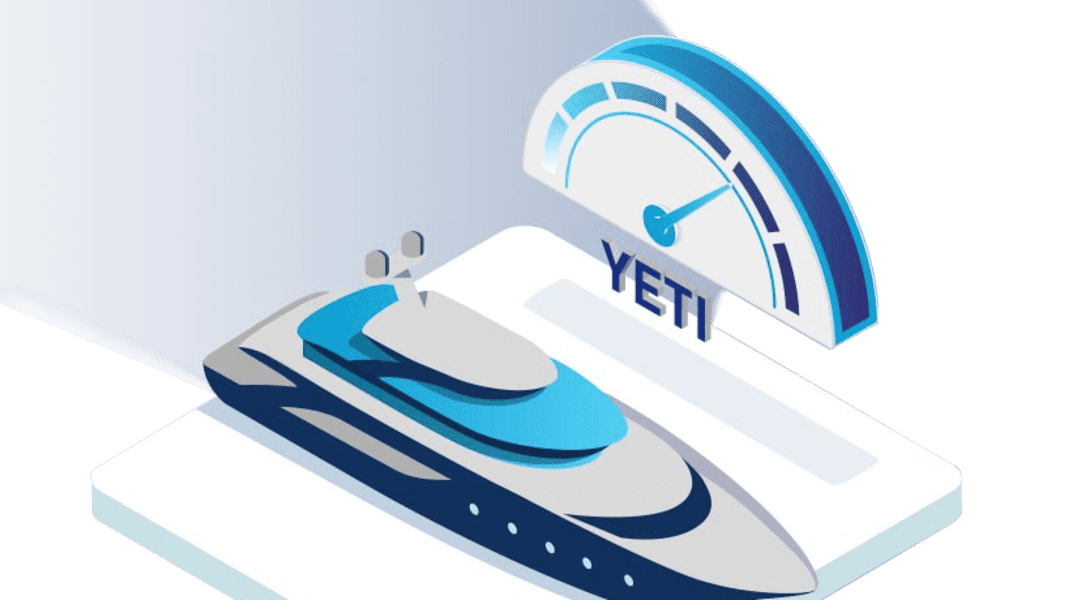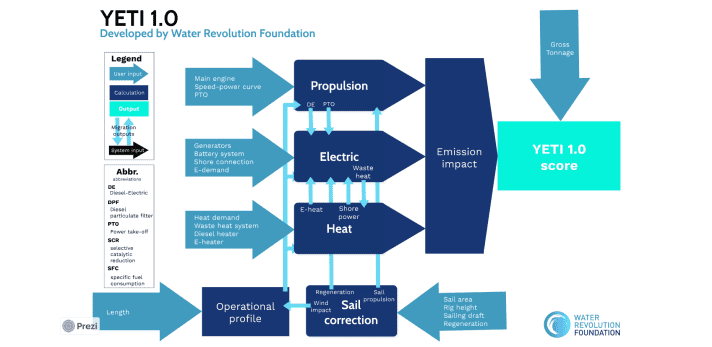
The proposal to systematically record the direct emissions and consumption of superyachts was made by Feadship's own design and construction office De Voogt at the end of 2018 - out of necessity, as there were no comparable models. This may come as a surprise, but unlike commercial vessels, the movement and consumption profiles of yachts vary greatly and are almost impossible to predict. The Dutch quickly shared their work on the Yacht Environmental Transparency Index (YETI) with other shipyards and design offices and eventually placed further development in the hands of the Water Revolution Foundation, in which shipyards such as A&R and Lürssen, as well as designers and suppliers, are active. The non-profit organisation initially carried out an extensive AIS study, the astonishing results of which serve as a basis: on average, superyachts are in motion ten percent of the year, lie at anchor 33 percent of the year and spend 57 percent of the year in harbours.
The next step is to feed YETI 1.0 with technical data from sailing and motor yachts - in a very unspectacular way using an Excel form and for the classes under 500 gross tonnes, between 500 and 3000 and over 3000 gross tonnes. The data requested includes the waterline length, displacement, engine and generator power, battery capacity and power consumption. From this, the software calculates the energy consumption, including the expected fuel and shore power consumption as well as the associated emissions. Captains, engineers, yacht managers or owners receive a feedback report and can use the YETI Score to see where they stand in an anonymous comparison with others and which adjustments could still be made. The tool can also be used on new builds to optimise hydrodynamics or systems.

As the name suggests, YETI 1.0 is set to grow steadily. Diesel is currently preset as the primary fuel and alternatives such as hydrogen or methanol cannot yet be selected. Diesel electrics, particulate filters, catalytic converters, solar panels and heat recovery are already being considered. What has not yet been mentioned are the construction materials used (exterior and interior) or the operation of the tender and toys. The Water Revolution Foundation presents YETI 1.0 here available.
